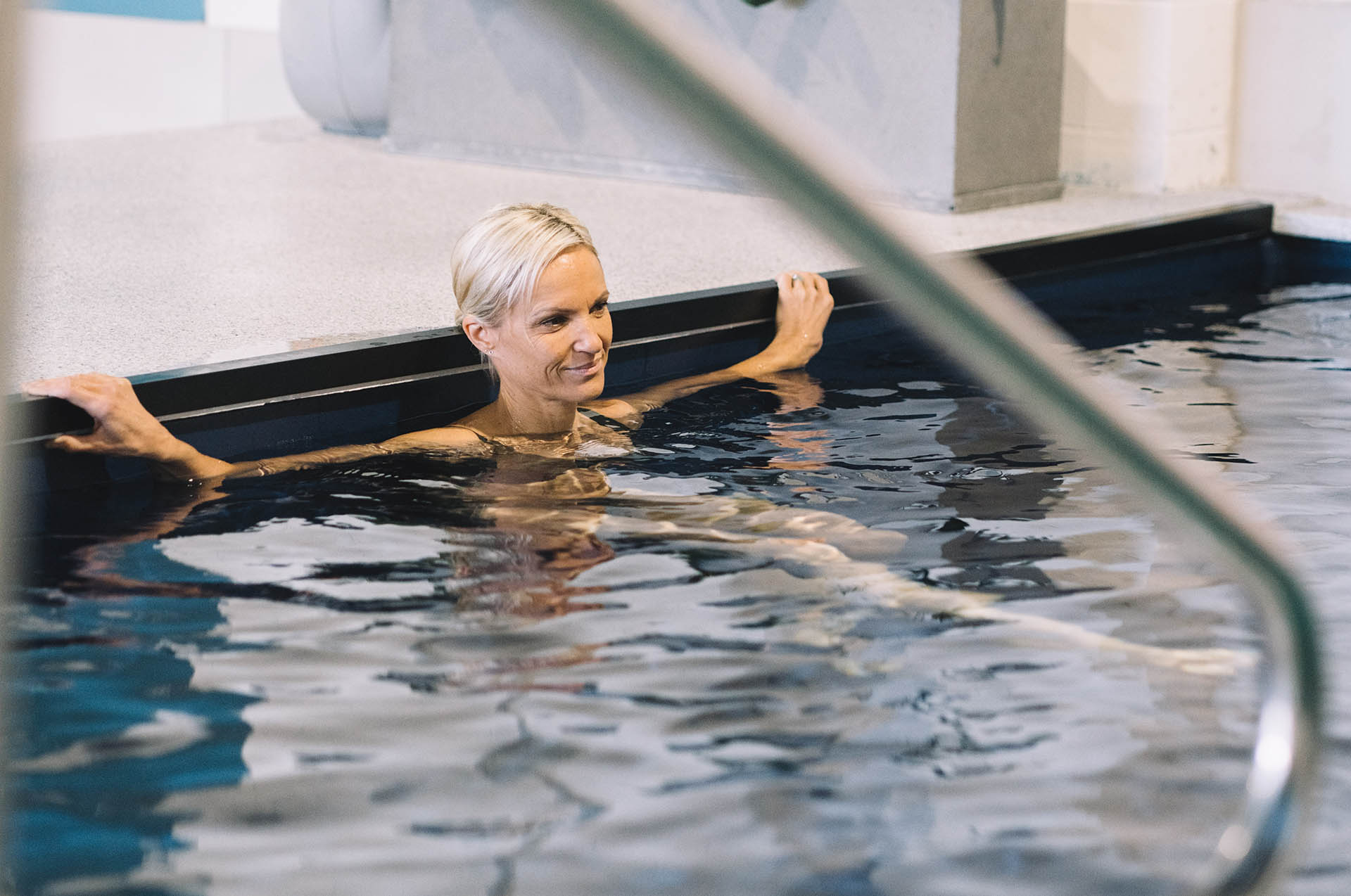Navigating the waters of health and wellness, we often encounter buzzwords and metrics that promise to unlock the secrets to optimal health.
Among these, heart rate variability (HRV) stands out not just for its scientific allure but for the genuine insights it offers into our body’s functioning. It might sound like a term reserved for athletes and fitness gurus, but HRV is a universal marker of health that deserves everyone’s attention. Let’s dive into the why and how of improving heart rate variability, exploring its importance for your overall wellbeing.
1. Unpacking Heart Rate Variability
Heart rate variability is the measure of the variation in time between each heartbeat. Contrary to the intuitive assumption that a steady, unchanging heart rate signifies health, HRV tells us that the opposite is true. A heart that beats with variable intervals is indicative of a healthy, responsive cardiovascular system. This variability means that your heart can swiftly adjust its rate to accommodate activities, stress, and rest, showcasing a balance between the sympathetic (fight or flight) and parasympathetic (rest and digest) nervous systems.
2. The Significance of HRV
The implications of HRV extend far beyond the confines of physical health. A higher HRV is linked to better cardiovascular health, lower stress levels, and a greater ability to relax and recover from stress. It’s a testament to the body’s adaptability and resilience, indicating a well-oiled machine that can handle whatever life throws its way. Conversely, a low HRV suggests a potential inability to cope effectively with stress. It’s associated with increased risk of stress-related illnesses, poor cardiovascular health, and even mental health challenges. Monitoring your HRV can give you early warnings about your health and provide insights into how your lifestyle affects your body.
3. Improving Heart Rate Variability: Your action plan
Embrace regular exercise
Physical activity is a cornerstone of improving HRV. Regular, moderate exercise like walking, cycling, or swimming can enhance your heart’s efficiency and its ability to adapt to different stress levels. The trick is consistency and finding joy in the activities you choose, transforming exercise from a chore into a highlight of your day.
Explore ice baths and contrast therapy
For those looking to add an edge to their HRV improvement efforts, ice baths and contrast therapy present an exciting frontier. These practices challenge your body to adapt to extreme temperatures, training your autonomic nervous system to become more resilient. Ice baths stimulate the vagus nerve, which plays a crucial role in managing heart rate and promoting a high HRV. Contrast therapy, alternating between hot and cold temperatures, further enhances the body’s adaptability and resilience. Integrating these practices into your week can provide a significant boost to your HRV and overall stress resilience.
Master stress management Mastering stress management is essential in our whirlwind of a world, where stress seems to lurk around every corner. Yet, how we tackle this stress can make all the difference. Techniques such as mindfulness meditation, yoga, and even straightforward breathing exercises can play a pivotal role in dialling down stress levels, which in turn, can have a positive effect on HRV. These methods foster a state of relaxation and equilibrium, steering the body away from high alert and towards a state of calm and control. Adding to this toolkit, ice baths present yet another method for managing stress. Immersing oneself in the brisk embrace of an ice bath can shock the system into focusing on the present moment, momentarily sidelining stress. Plus, this acute physical stressor prompts the body to adapt, enhancing its overall stress resilience. Regularly practising this chilly plunge can lead to improved heart rate variability by training the body and mind to handle stress more adeptly, making ice baths another valuable ally in the quest for stress mastery.
Prioritise sleep
The quality of your sleep has a profound impact on HRV. Ensuring you get enough restful sleep allows your heart and nervous system to recover and recharge. Establish a calming bedtime routine, maintain a consistent sleep schedule, and make your bedroom a sanctuary for sleep. These steps can improve not only your HRV but also your overall health and well-being.
Opt for a balanced diet
What you eat affects your heart more than you might think. A diet rich in whole foods, antioxidants, omega-3 fatty acids, and low in processed foods can boost your HRV by reducing inflammation and supporting heart health. Emphasising fruits, vegetables, whole grains, and lean proteins can make your meals both a delight and a foundation for improved HRV.
4. HRV as your health compass
Understanding and improving your heart rate variability is akin to tuning into a deep, intrinsic rhythm of your body, one that guides you towards health and balance. It’s about more than just numbers; it’s about cultivating a lifestyle that nurtures your body’s natural rhythms and resilience. By embracing regular exercise, effective stress management, quality sleep, a balanced diet, and perhaps even venturing into the invigorating world of ice baths and contrast therapy, you’re taking powerful steps towards not just a higher HRV, but a more vibrant, healthier life.
In this journey of health and self-discovery, HRV serves as a compass, pointing towards the subtle needs of our body and mind. It encourages us to listen closely, respond with care, and navigate towards a state of well-being that resonates with our deepest selves. By focusing on improving heart rate variability, you’re taking a significant step towards a healthier, more balanced lifestyle.
